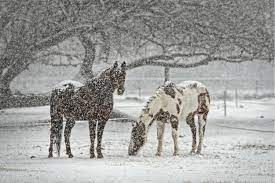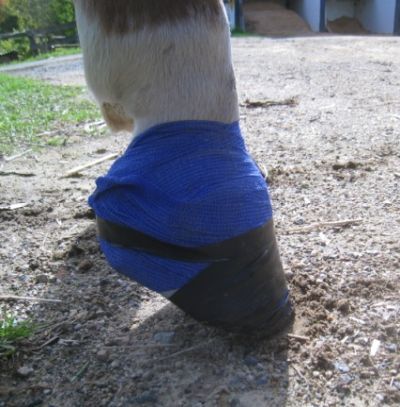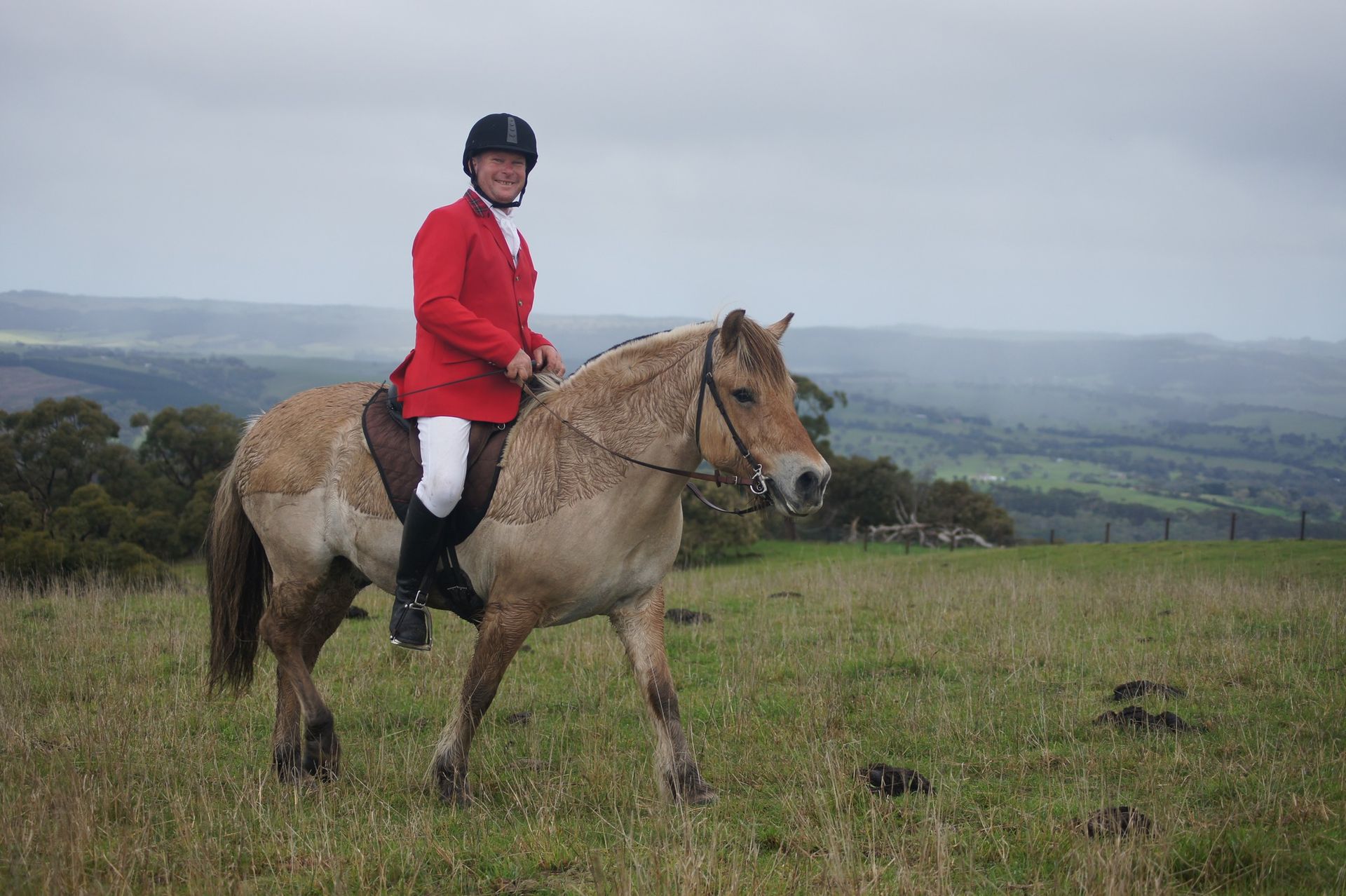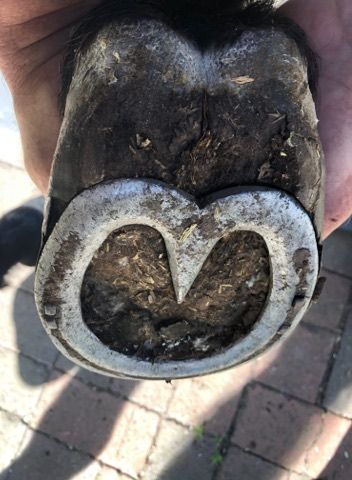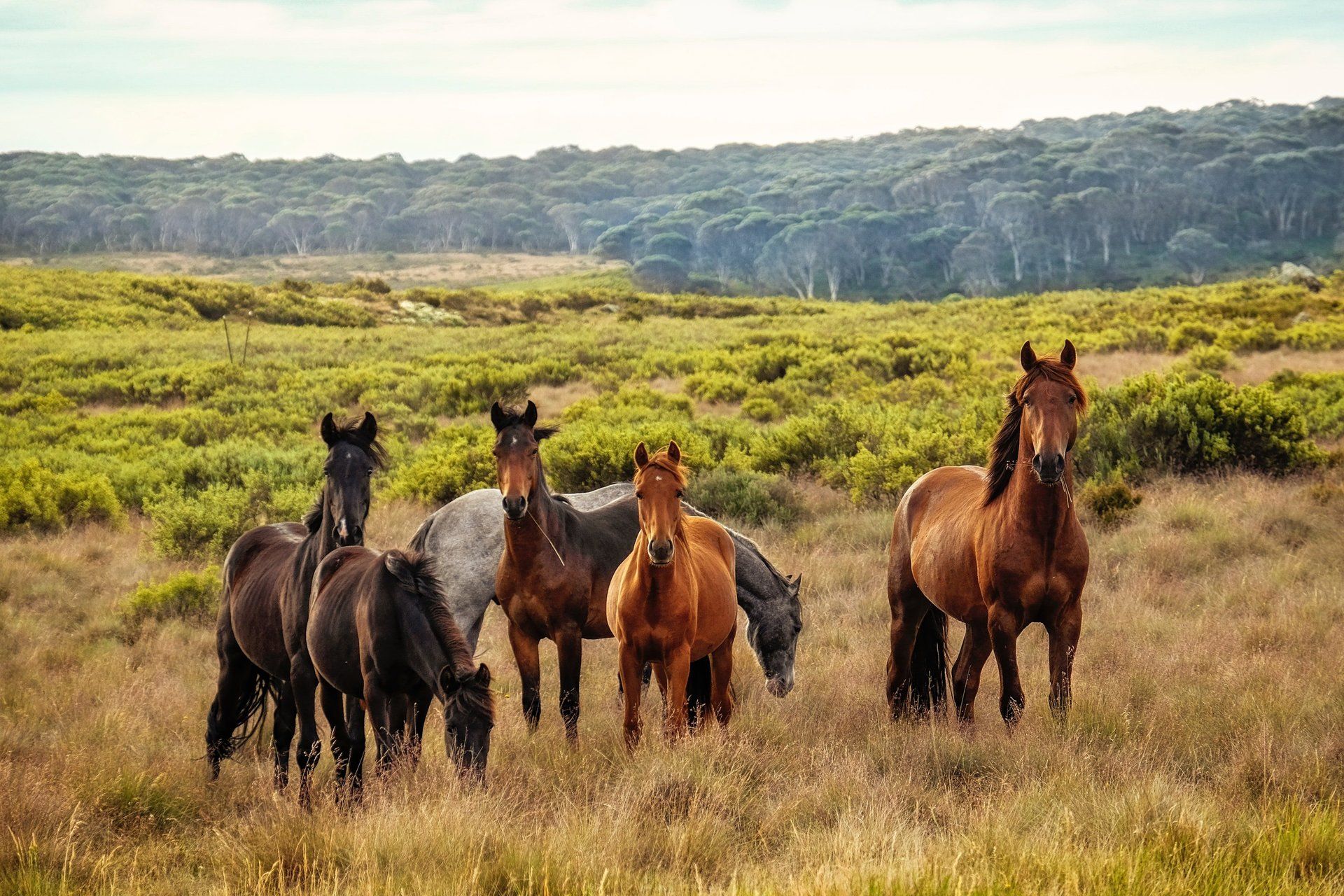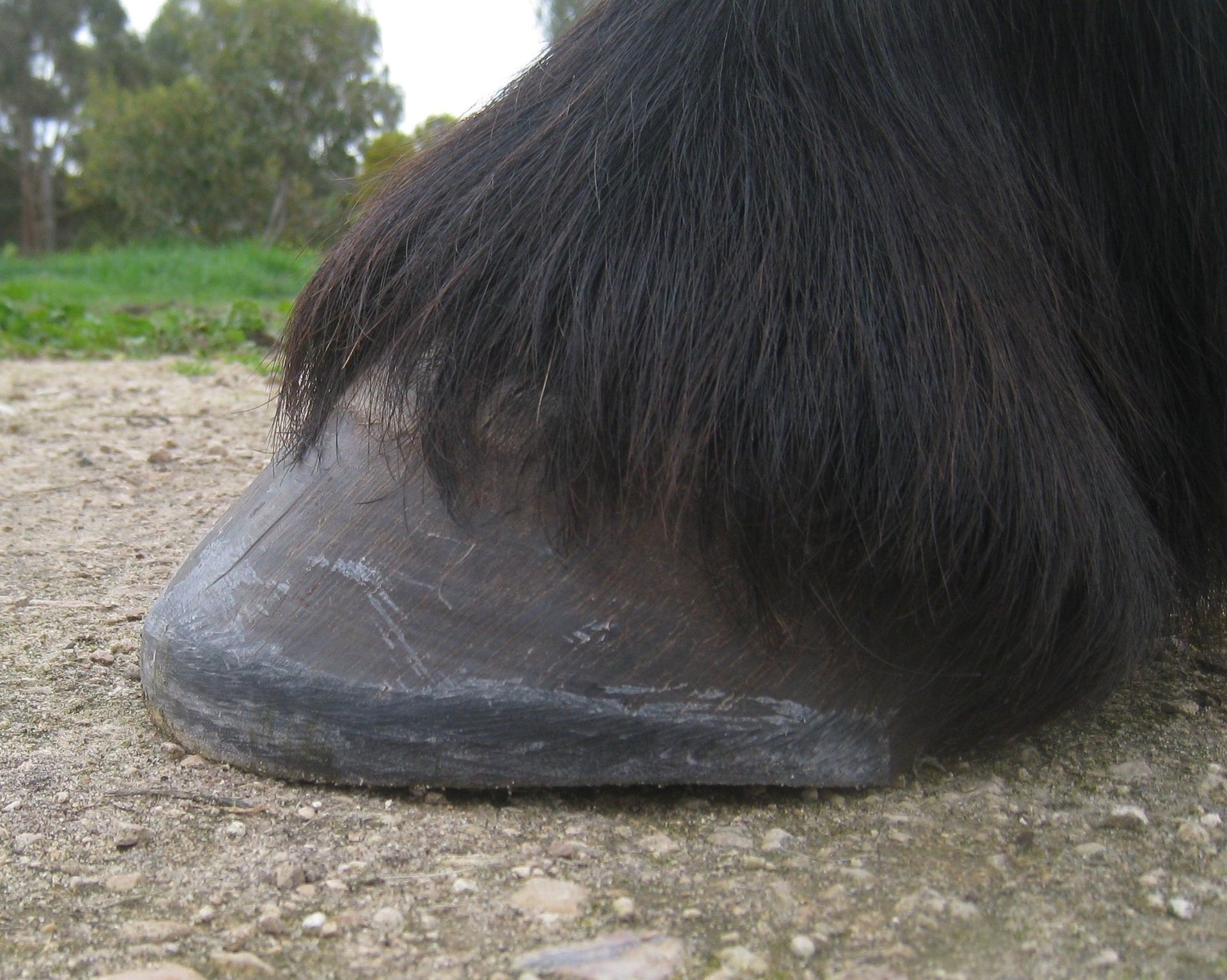Thrush in Hooves
- By Jenny Austin
- •
- 13 Oct, 2023
- •
Diagnosis, Treatment and Prevention
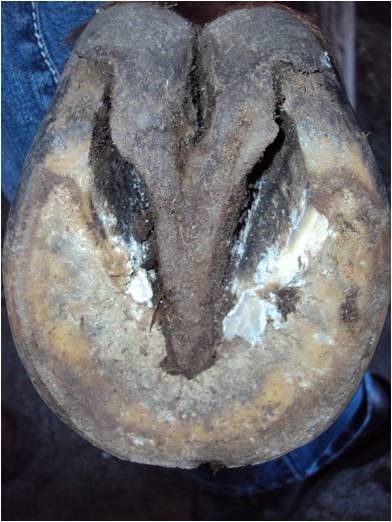
Equine hoof thrush stinks and it’s a smell I have to deal with every day and I’d rather not!
There are claims that over 90% of domestic horses have an active infection in their feet. That may seem high but most horses I encounter have some form of thrush – some mild, some severe – and the daily smell on my hands and boots tends to agree with statistics.
Thrush is so common and yet seems to be accepted. Why is it an issue? It causes PAIN when it eats deep enough into the hoof. Once it becomes painful, horses will exhibit heel pain, tenderness and eventually lameness. Once it gets to this stage, it is much more difficult to clear. Prevention and maintenance are the key.
Does my horse have thrush?
Thrush is a very common anaerobic bacterium found in the soil and is everywhere horses are kept. It thrives in damp environments like stable floors, poorly kept outdoor yards, paddock shelters, gateways and resting areas. The land becomes saturated with high concentrations of urine and manure. Add in incorrect hoof form and high sugar feeds and you create the perfect environment in hooves for thrush to thrive.
How do you know it’s thrush?
Thrush does not always have a textbook presentation of black paste with a super bad smell. While this is an advanced form there are moderate forms that can cause poor hoof health and eventually affect the body due to pain posture and incorrect movement.
In early stages it begins with flaky sole with shiny black areas along the wall sole connection. Thrush can affect the frog in the collateral grooves and/or central sulcus, the bulbs, the white line and even the sole.
What do you see?
When cleaning and inspecting your horse’s feet, is the foot the picture of health with a clean distinction between parts: wide, thick, calloused uniform frogs that blend into wide, smooth heel bulbs – smooth, shiny soles – clear white line connections? Or maybe you see some warning signs of a foot susceptible to thrush: chalky, flakey sole – tattered, black frog – deep crevices that trap manure and bedding? There should be no flinching when you poke the hoof pick around the frog.
What do you feel?
Does the foot clean easily almost as if it’s self cleaning? Is the sole hard and shiny or chalky and sticky? Is there soft black material in deep cracks and grooves? When you press on the frog is it strong and super firm like a rubber mat or is it weak and soft?
What do you smell?
Healthy hooves don’t smell or perhaps smell like dirt. Does your hoof pick come away smelling foul? That’s bad thrush. Common, but NOT normal.
Factors to minimize thrush
There are factors predisposing your horse to thrush. A horse presenting thrush possibly has a compromised immune system. Elderly and ill horses will nearly always have thrush but the following are also factors:
- Overgrown and possibly shod feet are more likely to develop thrush due to the hoof shape and less circulation. A good barefoot trim creates a more self cleaning foot and promotes blood flow and hoof function which helps eradicate thrush.
- A high sugar or concentrate diet encourages the growth of thrush. Many horses are over-supplemented with processed feeds/grains and other ‘additives’. Feeding a simple diet of a multiple species low starch meadow hay improves health and strengthens the immune system. Mineral balance is important as well. You may need to supplement with a high amount of copper and zinc in the correct ratios.
Lack of movement.
Stabled horses or horses in small yards/paddocks are at a higher risk. Urine is very concentrated, the stable bedding or the yard dirt soaks up the caustic urine and of course then the horse stands on it. More movement (bigger living areas and herd mates to keep each other moving) with a correct barefoot trim ensures better circulation.
Environment
If you can create some areas where there is better drainage in paddocks i.e. installing crusher dust, road base, pea gravel or any rocks the hooves will self clean and dry out.
It’s not about how wet it is!
No matter how wet it is outside thrush will not thrive in a healthy functioning hoof in a horse with correct mineral balance and strong immune system. I see many horses living in extremely wet paddocks without thrush, including my own.
Cleaning
Picking out the hoof as often as possible will help a lot to prevent thrush. Heavy clay soils are the worst for staying in the hoof and creating a perfect environment for thrush to hide and flourish. Most people don’t pick out the hooves well. It actually takes a bit of effort! Pay close attention to the collateral grooves and get ALL the dirt out of them including under the flaps near the heels.
Treatment and Maintenance
To treat thrush, you can use a variety of
treatments.
For prevention, I like a strong apple cider vinegar based product. This should
be used daily at first and then every few days for maintenance. For kick
starting treatment of severe cases products that are zinc based work quite
well. There are many other products that
also work. I have heard that different areas
have different bacteria
in the soil. You may need to consider trying a product and if there is no
improvement with two weeks of diligent use, then you need to change to a
different active ingredient.
The ultimate goal is to prevent thrush. With treatment and a change in management practices, hopefully I won’t have to come home stinking ever again!

